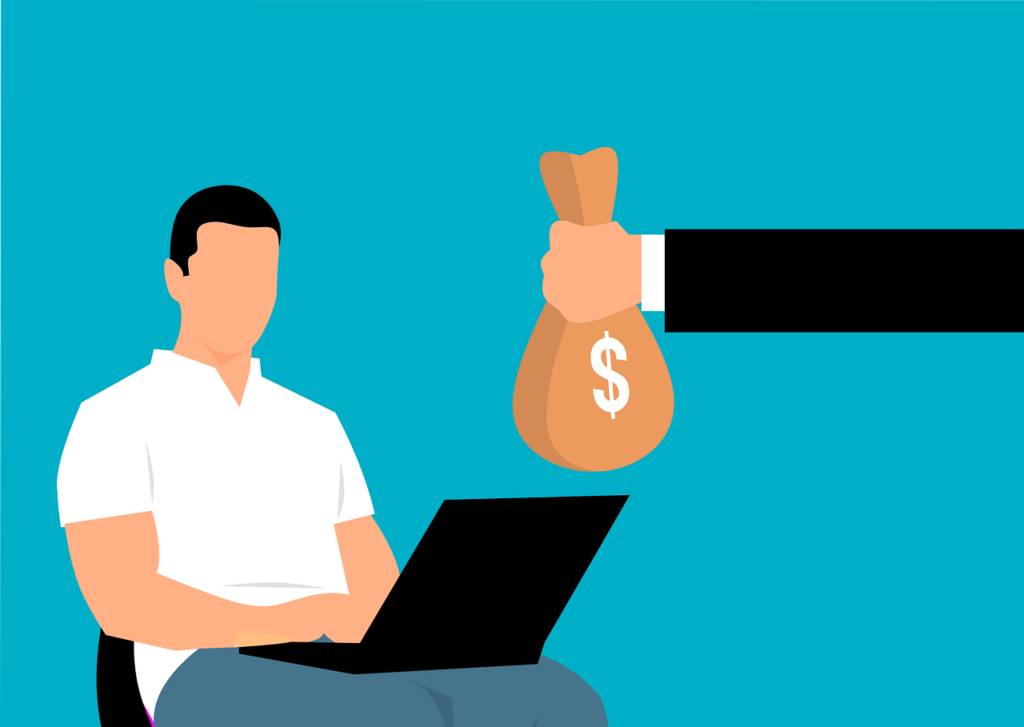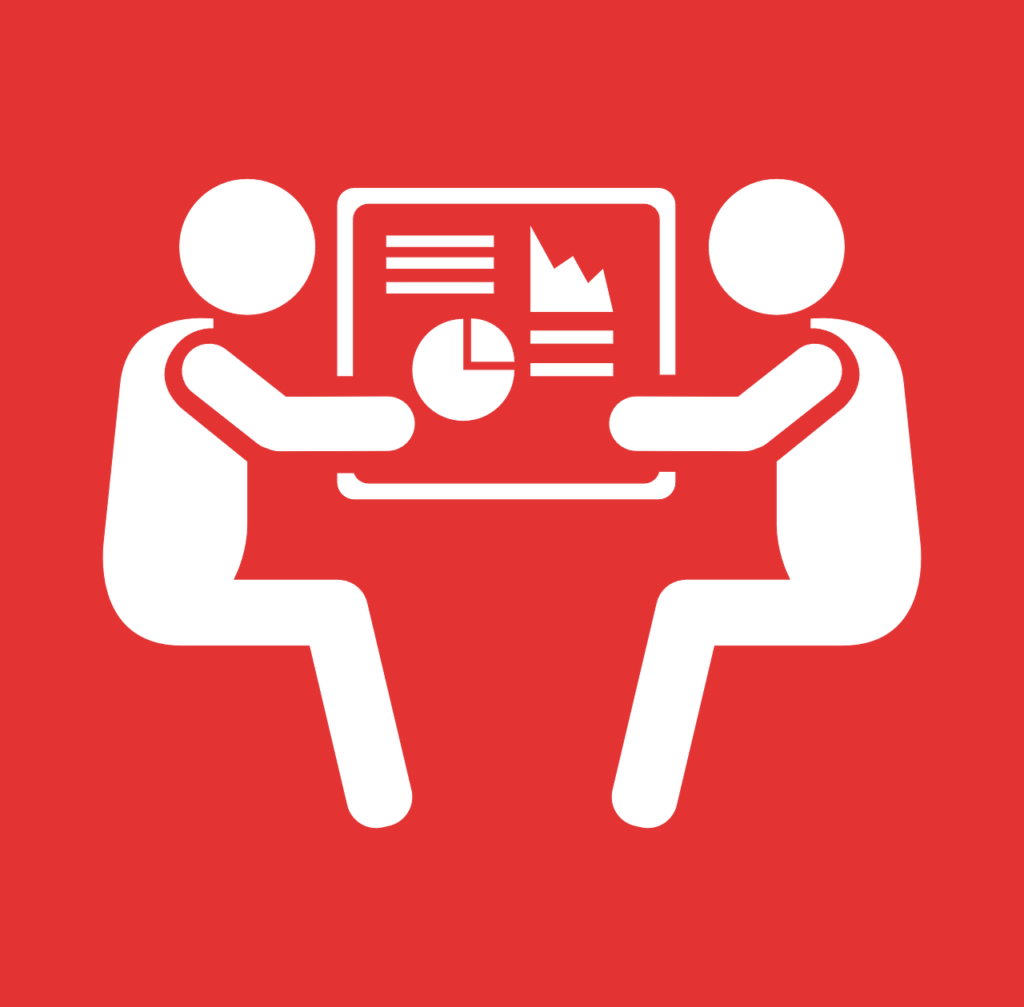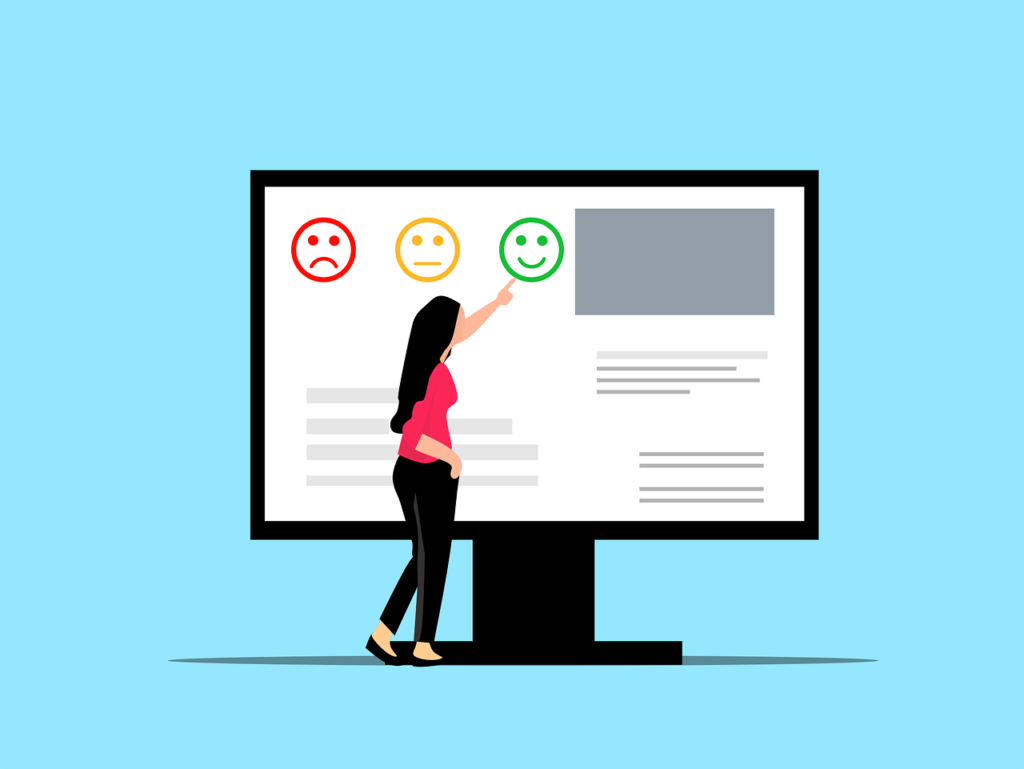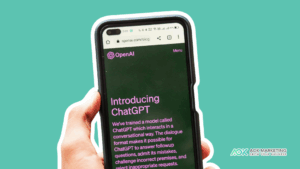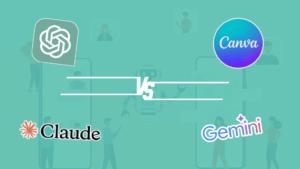The B2B funnel is the journey a potential customer takes from the time they become aware of your product or service to the moment they make a purchase.
The four stages of a B2B sale, commonly referred to as the customer journey, are: Contact, Consider, Convert, and Care (often also referred to as Awareness, Consideration, Monetization, and Retention)

Contact (Awareness)
This stage generates leads and gets potential customers interested in your products or services.
The main aim is to get your audience to recognize and understand your brand.
To do this, you need to create content that will capture their attention and make them want to learn more about your offer. This can be anything from engaging blog posts, social media, and videos to helpful white papers or case studies.
Whatever you choose, make sure it is high-quality and relevant to your target audience and will pique their interest.
Once you have their attention, you can then start working on moving them further down the funnel.
Consideration
The B2B selling process is long and complex, often involving multiple decision-makers within a single organization.
As a result, B2B companies must qualify their leads early in the buying or consideration cycle. Through marketing campaigns, this process begins with generating awareness of your product or service.
Once a lead expresses interest, you must assess whether they are a good fit for your business by looking at factors such as budget, authority, need, and timeline.
It is essential that during the conversion stage, your target consumer comprehends what makes you unique and how you benefit them. The best types of collateral for this stage are displays, videos, social media, SEO, and email campaigns.
Only once a lead has been qualified should you begin nurturing them toward a purchase or conversion stage. Qualifying your leads can ensure that you are only spending resources on prospects interested in doing business with you.
Convert (Monetize)
Once a lead is qualified and ready to purchase, it’s time to convert them into a paying customer.
Customers, at this point, have a basic understanding of your brand and are ready to buy as soon as possible.
Your job is to make the purchase process as smooth and straightforward as possible. The best way to do this is by providing a clear and concise call-to-action (CTA).
Your CTA should tell the customer what to do next, such as “Buy Now” or “Request a Demo.”
It should also be placed in a prominent position on your website or landing page so that it is impossible to miss.
In addition to a strong CTA, you may also want to consider using a pricing page or special offer to incentivize a purchase further.
Once the customer completes the purchase, the next goal should be to make them loyal customers. Have you seen popular brands like Coca-Cola or Nike with a massive following of brand advocates? This kind of following and loyalty is what you should aim for.
Care (Retention)
After a customer has made a purchase, it is essential to follow up and ensure they are happy with the product or service.
The best way to do this is by staying in touch and keeping them updated on your latest products, offers, or company news. You can do this through various channels, such as email, social media, or even direct mail.
It is also essential to resolve any issues the customer may have as quickly as possible. This shows that you care about your customers and can help prevent them from taking their business elsewhere.
You can turn one-time buyers into lifelong patrons by providing excellent customer service and staying in touch after a purchase.
Achieving Success: What the Metrics Mean
The best way to measure success with your B2B marketing funnel is by looking at key metrics at each stage.
Some essential metrics to track include:
Contact or Awareness Stage: Website traffic, number of social media followers, newsletter signups
Cold traffic is people who are not familiar with your brand.
They may have never heard of you or only know of you through a friend’s recommendation. It is more challenging to convert cold traffic into customers because they know nothing about your company.
You need to spend more time educating them about your brand and what you offer. You can create content relevant to their interests, such as blog posts, infographics, and videos.
You can also use social media to engage with them and answer their questions. Over time, as they get to know you better, they will be more likely to convert into customers.
Furthermore, in the awareness metric, you want to see how many people interact with your brand.
The number of website visitors or social media followers is a good indicator of how well your marketing campaigns perform.
If you see a sudden increase in website traffic after launching a new campaign, this is a good indicator that your marketing strategy is effective.
Consideration Stage: Lead conversion rate, number of qualified leads.
Warm traffic is people who have already been introduced to your brand or product. They may have heard of you from a friend, seen your ad, or visited your website.
For the consideration stage, you want to focus on warm traffic because they already know your brand. You can use retargeting ads to target these people, which will help remind them of your product and encourage them to convert.
Also, in this stage, you want to focus on the number of leads you can generate.
A good metric to track is the lead conversion rate, which is the percentage of website visitors who become leads. You can also follow the number of qualified leads, which are leads that meet your criteria for a potential customer.
Your website generates leads effectively if you see a high lead conversion rate. If you see a low lead conversion rate, this may be an indication that your website needs more work.
Convert or Monetization Stage: Customer conversion rate, customer Lifetime Value (LTV)
Traffic is “hot” when it’s converting well. This means that you’re getting a lot of leads who are turning into customers. Your traffic is hot if you’re seeing a high customer conversion rate.
You can track the number of leads and customers you’re getting to see if your traffic is hot. You can also track the revenue you’re generating from your customers to see if your traffic is converting well.
In the conversion stage, you want to focus on metrics that show how many customers you can generate.
A good metric to track is the customer conversion rate, which is the percentage of leads who become customers. You can also track the customer Lifetime Value (LTV), which is the total value of a customer over their lifetime.
Your marketing funnel is effective if you see a high customer conversion rate. If you see a low customer conversion rate, this may be an indication that your funnel needs more work.
LTV is a good metric to track because it shows how much revenue you can generate from a customer. If you see a high LTV, your customers are valuable and create a lot of income.
If you see a low LTV, your customers are not as valuable and generate less revenue.
Care or Retention Stage: Customer satisfaction scores, Net Promoter Score (NPS), customer churn rate
Return traffic is another critical metric to track in the care stage. This is the percentage of customers who return to your product or service after not using it.
In the care stage, you want to track metrics that show how satisfied your customers are. A good metric to track is customer satisfaction scores. A high return traffic rate may indicate that your product or service is meeting your customers’ needs and they are satisfied with your offering.
You can also monitor the Net Promoter Score (NPS), which calculates how likely customers are to suggest and refer your product or service to other people.
Customer churn rate is another critical metric to track. This is the percentage of customers who stop using your product or service.
A high customer churn rate may indicate that your product or service is not meeting your customers’ needs. You can reduce customer churn rates by providing excellent customer service and staying in touch with your customers.
The best way to measure success with your B2B marketing funnel is by looking at key metrics at each stage. By tracking these essential metrics, you can see your funnel’s effectiveness and make necessary changes to improve your results.
How to Create an Excellent Customer Experience
Excellent customer experience should be the goal of any business, but it’s crucial in a B2B context.
After all, when businesses decide who to partner with, they’re not just looking at price points and features. They’re also considering whether they’ll have good work experience with the company.
If you want to develop an excellent customer experience for your B2B funnel, there are a few key things to keep in mind.
First, always be responsive to your customer’s needs. They should never feel like they’re being ignored or that their concerns are falling on deaf ears.
Second, make sure your team is knowledgeable and able to answer any questions that come up. Customers should never feel like they’re being passed around from person to person without getting any helpful information.
Finally, always follow through on your promises. If you tell a customer you’ll do something, make sure you do it.
These three things will go a long way toward creating an excellent customer experience for your B2B funnel. Keep them in mind as you work to build strong relationships with your customers.
Final Thoughts
The B2B marketing funnel is a powerful tool for generating leads and converting them into customers. However, tracking key metrics at each funnel stage is essential to ensure effectiveness.
You can see your funnel’s effectiveness and make necessary changes to improve your results by tracking essential metrics such as customer conversion rate, customer Lifetime Value, and customer churn rate.
Creating an excellent customer experience should also be a goal, as it’s essential to building solid relationships with customers.
The purpose of the B2B funnel and customer journey is to guide businesses as they navigate acquiring new customers.
The funnel helps businesses identify and prioritize opportunities, while the customer journey reveals what customers are looking for and how best to reach them. By understanding these concepts, businesses can create a marketing strategy that is more likely to result in successful conversions and, ultimately, more happy clients.
About The Author
Dave Burnett
I help people make more money online.
Over the years I’ve had lots of fun working with thousands of brands and helping them distribute millions of promotional products and implement multinational rewards and incentive programs.
Now I’m helping great marketers turn their products and services into sustainable online businesses.
How can I help you?
